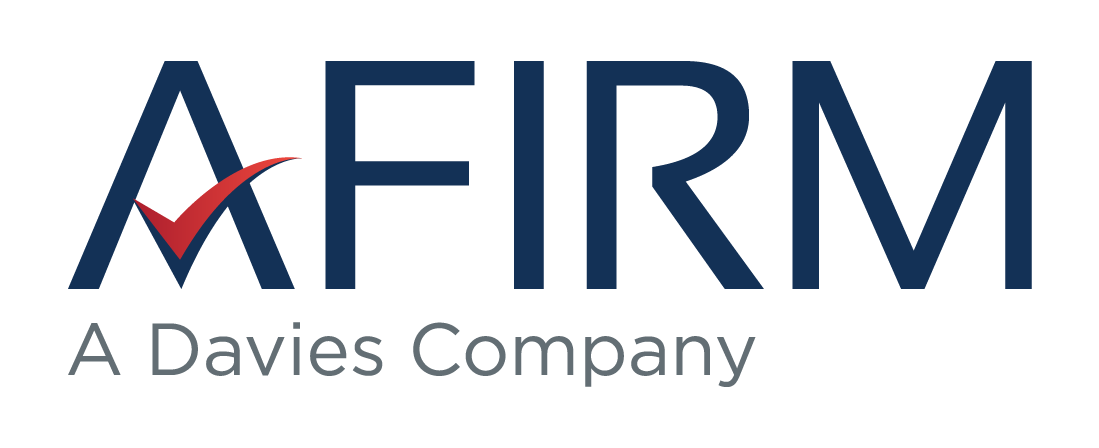The data does not lie. Multiple research studies have shown that conditions for most at-risk wildlife areas in North American are dryer and warmer than ever before. As a result, the number of large fires have more than doubled between 1984 and 2015 in the western United States according to the Center for Climate Energy Solutions.
From 2011 to 2020, there were an average of 62,805 wildfires with roughly 7.5 million acres impacted annually across the U.S. AccuWeather estimated the collective damage and economic losses from the 2021 wildfire season in the 50 states alone to be between $70-90 billion.
The threat of wildfires isn’t decreasing anytime soon, confirmed Brian Davis, Loss Control Review Team Manager for Afirm, an industry provider of premium audits, inspections, and risk services. While he has worked in the insurance industry for over 25 years, Davis was a seasonal firefighter in California for many years who earned a college degree in Fire Protection. He fought wildfires throughout the entire state of California and wrote up fire management plans for numerous planned communities.
Not only environmental factors but advances in firefighting itself is also increasing the severity of fires, because wooded areas with brush that otherwise would have burned over the last 100 years may have been protected because of the proliferation of outstanding firefighter coverage. The problem though is that this has created a higher probability of future fires with densely wooded areas acting as kindling.
“We did everything we could to put out fires as quickly as possible over the last century,” Davis said. “Our forests are beautiful but it is common to see a dense area of trees, brush and more. It’s a complement to our society but also a warning of what could happen.”
Protecting structures is a data-driven process.
While we can’t prevent most wildfires from occurring, we can decrease the chances of structural damage and loss of life, Davis said. Today’s forest fires burn fast and hot, but any moisture, a lack of flammable materials and some advanced planning can be the difference between a saved home and a complete loss.
New construction guidelines in California and other areas at high risk for wildfires should follow Wildland Urban Interface Code (WUI) guidelines. These are in place for new communities and builders should follow them to provide a more protected structure for homebuyers.
Within those guidelines is the establishment of two zones that can help slow down the fire. One is an ornamental vegetation zone that establishes a 30-foot perimeter around the home on all sides free from brushes, grass, and other flammable materials. The other is a thinning and pruning zone where any brush and trees just outside of zone A are kept clear, trees are pruned, and other mitigation steps are taken.
Builders can also utilize fire-retardant plants that resist fire ignition like rockrose, ice plants and aloe, Davis said. These plants soak up water which can slow down the fire.
Two of the more common construction strategies is to use Class A roofs, which often are made from tile partially comprised of cement, clay, or rock. It is why so many newly constructed homes in California have stucco exteriors. These types of roofs and exterior wall coverings can help prevent a fire from getting inside the house where the fire can accelerate in seconds.
Another strategy is to use dual pane windows throughout a home which add an extra layer of protection. The windows go a long way to protecting a home from radian heat or embers.
“That’s one of the biggest dangers,” Davis said. “Wildfires create embers that just need a small spark to ignite. There are thousands of them and if your home isn’t properly protected, all it takes is one.”
Homeowners can utilize some of the same tactics – and more – to help save their house
Not all homeowners live in structures that were built with Class A roofs and dual pane windows. But these homeowners should be aware of these benefits when renovating. Maintenance with an eye on fire mitigation can go a long way in providing extra protection.
One such strategy is to institute a regular irrigation strategy around the house. Keeping your grass, nearby plants and trees watered, and even spaying water on your roof on fire days can help slow down a fire in your neighborhood. Cleaning out gutters, removing leaves and brush from the perimeter of a home, and trimming trees so that they don’t hang over – or close to – a house are all recommended as well.
If a wildfire is in the area and you have a day or two to prepare, Davis recommends:
- Watering the perimeter of your home and around it as much as possible.
- Moving important valuables and personal papers. “You should save any important papers or documents in the cloud before a wildfire even becomes a possibility,” Davis said.
- Taking down your drapes.
- Removing lawn furniture or other outdoor items that may easily burn from near your home.
- Shutting off your gas.
- Turning on your lawn sprinklers.
- Closing all windows and doors inside and outside.
Davis says that living in a high-risk wildfire area requires having an emergency escape plan. Documenting the valuable items in your house with photos, videos and a list will help you prove their value to an adjuster should your home be severely damaged by fire.
FEMA offers useful resources for protecting your home against wildfires. You can also call Afirm at 800-223-2310 to learn more.

